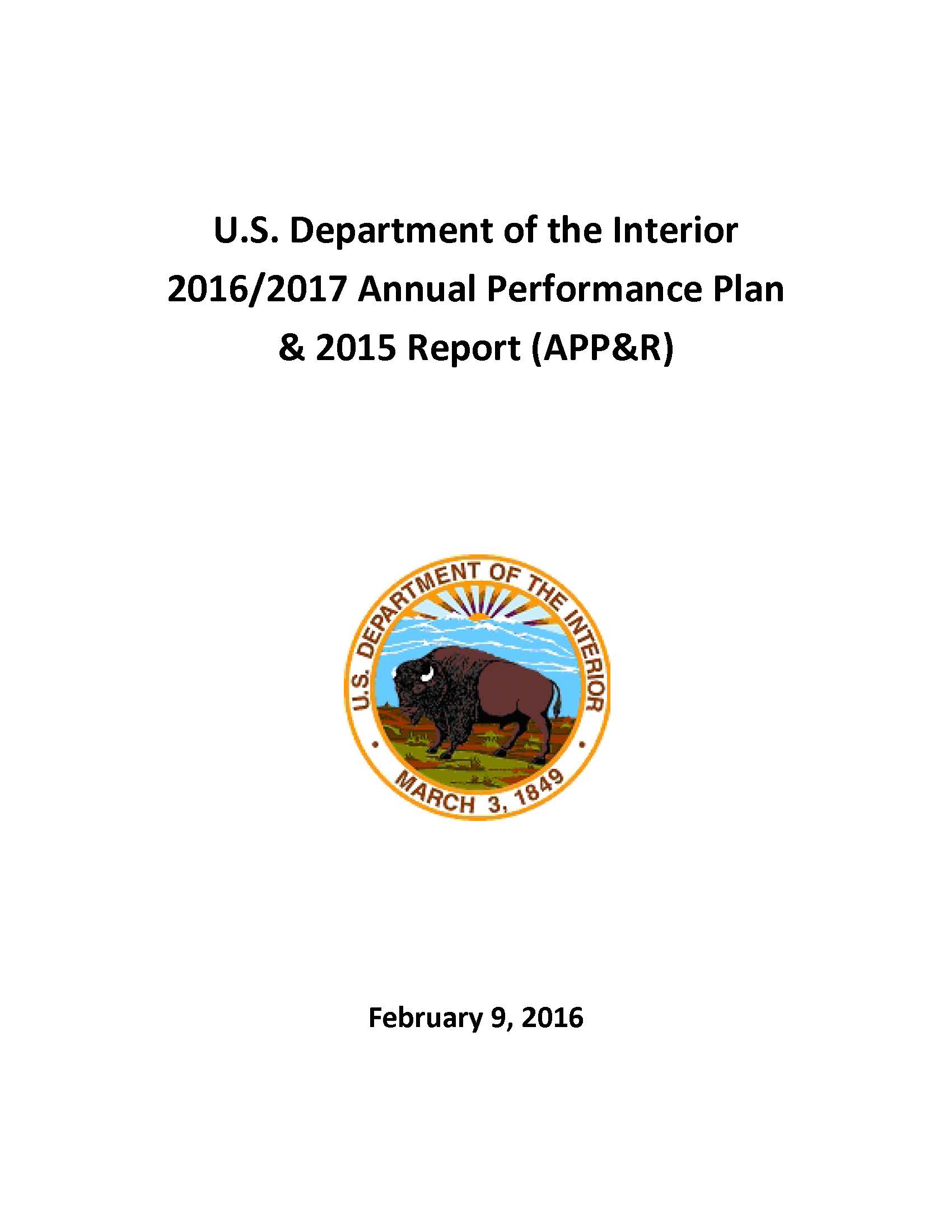- Home
- Agencies
- Department of Agriculture
- Department of Housing and Urban Development
- General Services Administration
- Department of Commerce
- Department of the Interior
- National Aeronautics and Space Administration
- Department of Defense
- Department of Justice
- National Science Foundation
- Department of Education
- Department of Labor
- Office of Personnel Management
- Department of Energy
- Department of State
- Small Business Administration
- Environmental Protection Agency
- Department of Transportation
- Social Security Administration
- Department of Health and Human Services
- Department of the Treasury
- U.S. Agency for International Development
- Department of Homeland Security
- Department of Veterans Affairs
- Goals
- Initiatives
- Programs
Primary tabs
Key to Changes
This text is Revised text
This word has been added to the text
This text is Last Published text
This word has been removed from the text
Modifed styling with no visual changes
FY 14-15: Agency Priority Goal
Safer and More Resilient Communities in Indian Country
Priority Goal
Goal Overview
Problem or opportunity being addressed
The rate of recidivism nationally among Native Americans is estimated to be 33% higher than non-native populations, according to one Department of Justice report. Locally recidivism creates a huge drain on already overtaxed economies as well as overcrowded and dilapidated detention facilities.Individuals who repeat offend and are incarcerated, fill court dockets, and in many cases take primary bread winners out of the home.
Relationship to agency strategic goals and objectives
This goal and associated activities will facilitate the ability of Interior to realize one of the President’s key objectives and a key priority for the Secretary of the Interior. The effort is in direct support of the goal to re-establish the relationship with Indian Tribes and support the Strategic Goal to “Advance Government-to-Government Relationships with Indian Nations and Honor Commitments to Insular Areas.”
Key barriers and challenges
Conducting a focused program in highly geographically dispersed communities, with high levels of crime, disparate levels of staffing and training, and equipment have proven to be significant challenges. Cooperation and support from Federal, State and tribal participants is a key requirement. Tribal justice program commitment, differences and gaps in technology and program availability and participation is a key issue. Funding increases for these program components has been aligned with the priority goal making this more feasible.
Other key challenges may include but not limited to:
- Record access of Tribal Correctional facilities
- Availability of funding for components of the program that are not under Interior’s jurisdiction, e.g. detention facilities
- Availability of substance abuse treatment programs – social program budgets, staffing and capacity have not kept pace with the increased law enforcement effort
- Sentencing resources and alternative program availability.
Stakeholder Engagement
The Department conducts consultation with tribal leaders and other stakeholders during the development of the budget and prior to the development and implementation of the Priority Goal on their respective reservations. This ensures a high level of understanding and commitment is received from all parties.
The Department has already begun to assist the Tribes in developing alternative to incarceration strategic plans based on the available resources in the community and or resources that stakeholders can provide to assist.
The Department assists the tribal programs with developing and coordinating stakeholder and community meetings throughout the initiative to discuss progress and any barriers or issues that may negatively affect meeting the goal.
Strategies
This proposed reduction of recidivism will be accomplished through development of a comprehensive alternatives to incarceration plan working with the Tribal Government, Tribal Courts and communities to develop treatment options and alternatives such as probation and specific substance abuse courts, and cultural or traditional courts. The Shareholders will develop the options based upon the available resources and or resources which can be developed within their specific communities. Some funding is available for this initiative from the previous crime reduction strategy withdrawal from the Rosebud Reservation.
The proposed initiative will focus on three pilot locations with measurable recidivism which negatively impacts the community as well as creates extreme demand on already crowded and deteriorating detention facilities.
Progress Update
The Bureau of Indian Affairs’ (BIA) work in reducing the rate of repeat incarcerations (recidivism) resulted in the bureau exceeding the target value for this priority goal, though more time is needed to better prove effectiveness over a longer time period. During the two year goal period, the first year involved putting into place the services, infrastructure, and activities at the pilot locations. Actual measurement began at the start of FY 2015, with full fiscal year data showing 69 of the 150 individuals tracked at the three tribal communities not re-offending. Given the length of time typically required to address the causes of repeat offenses, such as meeting social service needs and providing drug and alcohol programs, the Department will continue this goal into FY 2016 and FY 2017 and examine results over several years of measurement.
Significance of the Accomplishment (through the Priority Goal) especially in relation to past experience and benefit to the public
BIA collaborated extensively with the three participating tribes to put in place the means for reducing recidivism. Implementation included identifying and engaging relevant federal partners, tribal leaders, and local service providers in aligning re-offenders with treatment and recovery services as well as alternatives to incarceration such as probation, courts specific to substance abuse cases, and traditional cultural courts.
As part of the collaboration, BIA’s Office of Justice Services (OJS) conducted weekly coaching conference calls with each of the participating tribes to discuss:
- Proper administration of a nationally recognized standardized assessment instrument, Global Appraisal of Individual Needs (GAIN), to help address substance abuse and social service needs. GAIN is a set of measures used to assess the breadth and frequency of problems and service utilization related to substance abuse (including diagnosis and course, treatment motivation, and relapse potential), physical health, risk/protective involvement, mental health, environment and vocational situation.
- How to establish a follow up protocol for tracking and measuring offender progress; and
- Options for how tribes can begin using this screening and assessment instrument as a standardized protocol for individuals presenting for alcohol and substance concerns as a part of the justice system and/or anywhere within the service community.
BIA will use the data on recidivism reduction from the three participating pilot tribes over the FY 2014-15 period to inform the continuation of this priority goal into the FY 2016-17 period, including expansion to two additional tribes. BIA is in the process of compiling a more detailed report of the FY 2014-15 recidivism reduction initiative data including activities, services, infrastructure development implemented to enhance the ongoing success of the initiative, and lessons learned to identify what services are working, what services are missing and what is needed to expand into a full and complete service continuum intended to reduce recidivism.
Next Steps
No Data Available
Contributing Programs & Other Factors
Contributing Programs within the agency
The Bureau of Indian Affairs will be the lead agency for the Safe Indian Communities Initiative. The following divisions/programs within the BIA will contribute to the goal:
- Division of Law Enforcement
- Division of Courts
- Division of Corrections
- Social Services
Contributing programs or partners outside the agency
Interior works closely with other Federal agencies that have complementary programs including:
- Department of Justice including:
- Bureau of Prisons
- Bureau of Justice Statistics
- Tribal law enforcement agencies
- Tribal Courts
- Department of Health and Human Services, Indian Health Service
Strategic Objectives
Strategic Objective:
Statement:
Make communities safer.
Description:
The Administration’s commitment to making Indian communities safer includes collaborative initiatives such as: strengthening law enforcement; construction, renovation, and maintenance of facilities, roads, and bridges; supporting Indian Affairs mission critical functions and facilities and protection of the public, employees, information technologies, and vital records in case of emergency; and ensuring the welfare and safety of Indian children.
Agency Priority Goals
Statement: Safer and More Resilient Communities in Indian Country. By September 30, 2015, reduce rates of repeat incarceration in three target tribal communities by 3% through a comprehensive “alternatives to incarceration” strategy that seeks to address underlying causes of repeat offenses, including substance abuse and social service needs through tribal and federal partnerships.
Description: Problem or opportunity being addressed The rate of recidivism nationally among Native Americans is estimated to be 33% higher than non-native populations, according to one Department of Justice report. Locally recidivism creates a huge drain on already overtaxed economies as well as overcrowded and dilapidated detention facilities.Individuals who repeat offend and are incarcerated, fill court dockets, and in many cases take primary bread winners out of the home. Relationship to agency strategic goals and objectives This goal and associated activities will facilitate the ability of Interior to realize one of the President’s key objectives and a key priority for the Secretary of the Interior. The effort is in direct support of the goal to re-establish the relationship with Indian Tribes and support the Strategic Goal to “Advance Government-to-Government Relationships with Indian Nations and Honor Commitments to Insular Areas.” Key barriers and challenges Conducting a focused program in highly geographically dispersed communities, with high levels of crime, disparate levels of staffing and training, and equipment have proven to be significant challenges. Cooperation and support from Federal, State and tribal participants is a key requirement. Tribal justice program commitment, differences and gaps in technology and program availability and participation is a key issue. Funding increases for these program components has been aligned with the priority goal making this more feasible. Other key challenges may include but not limited to: Stakeholder Engagement The Department conducts consultation with tribal leaders and other stakeholders during the development of the budget and prior to the development and implementation of the Priority Goal on their respective reservations. This ensures a high level of understanding and commitment is received from all parties. The Department has already begun to assist the Tribes in developing alternative to incarceration strategic plans based on the available resources in the community and or resources that stakeholders can provide to assist. The Department assists the tribal programs with developing and coordinating stakeholder and community meetings throughout the initiative to discuss progress and any barriers or issues that may negatively affect meeting the goal.










